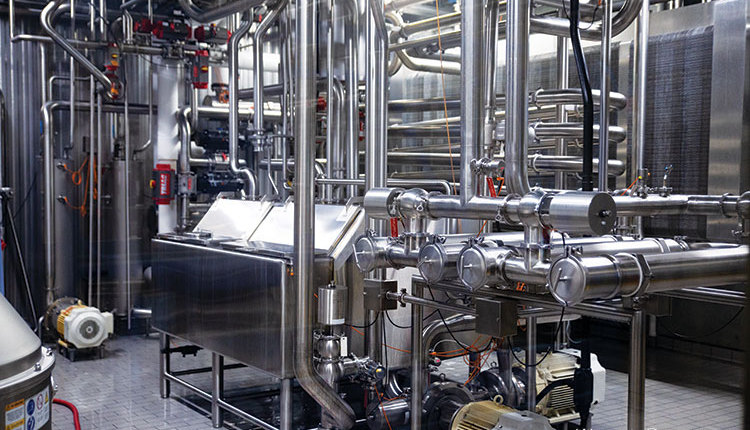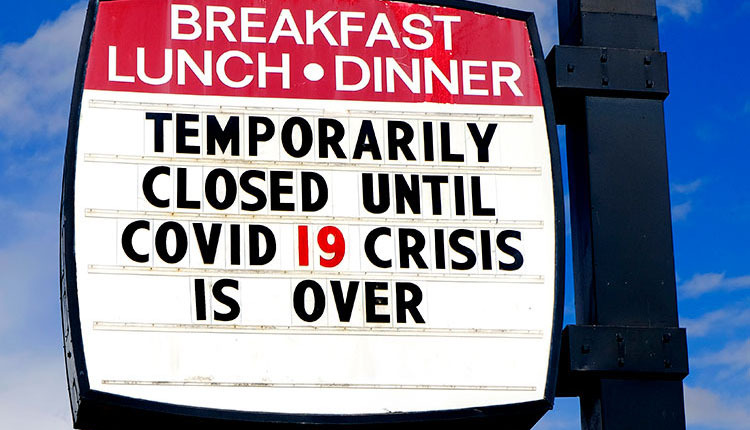
All eyes are on Washington as the wreckage wrought by coronavirus cascades through the U.S. economy, making it no surprise that USDA’s farm-aid package released April 17 has undergone intense scrutiny across all of agriculture.
As dairy continues to struggle with milk dumped due largely to disappearance of food service demand, and the effects of shrinking milk checks, there is much that needs to be done even beyond USDA’s proposal. A strong response from a united dairy sector will be essential to help complete that work in coming weeks.
First, there are several positive elements in the USDA plan.
The department took forceful action and allocated needed funds to commodities that have been hardest hit by the pandemic. Up to $2.9 billion in payments have been promised to dairy producers, a substantial commitment that is an important start on addressing the damage occurring as a result of demand destruction in our sector. USDA has also pledged $1 billion in dairy product purchases for food distribution programs – an important mechanism that can help buoy dairy markets while helping consumers in need.
USDA’s efforts to date are important and will benefit thousands of dairy farms. If all the $3.9 billion in dairy assistance in this package is fully realized, it will be helpful in repairing some of the damage wrought by this global nightmare. But, while this assistance is needed and welcome, it won’t be adequate to the challenge before us. We are still awaiting the details of the package and how it will be implemented, but already we see several areas in which USDA and Congress can improve the scope and effectiveness of federal assistance.
Dairy is different
- The plan’s one-size-fits-all commodities approach to loss calculation may facilitate uniformity, but it can be made fairer in the inevitable next round. USDA front-loads its damage calculations toward the early months of 2020, which may work better for some commodities but not for dairy — our deepest losses are being felt now and over the next several months.
- Loss calculations must better reflect dairy’s full scale of losses going forward, which USDA’s own calculations in its April World Agricultural Supply and Demand Estimates (WASDE) report peg at roughly $8.5 billion.
- The product purchase program needs to be much more robust, as demand reaches unprecedented levels and food banks need to respond with unprecedented capacity, everywhere from school cafeterias to church basements.
- USDA’s plan currently contains low-level payment caps for dairies that produce more than half the nation’s milk. The failure of those dairies — and none of them are “too big to fail” — would cause significant disruption to our industry, aggravating problems we’re already experiencing due to COVID-19-related stresses in other agricultural supply chains.
Besides agriculture, no other sector of the economy covered in the $2 trillion CARES Act passed by Congress has such low-level limits on assistance relative to damages from the COVID-19 pandemic. We are already engaging with allies in Congress to address this problem.
As details become even clearer and more questions are asked in farm country, other concerns will undoubtedly arise. We are confident that many of these concerns can be ably addressed both by our dedicated allies in Congress and our hardworking leaders at USDA.
But they will only be a priority if a united dairy community makes it so. That’s why NMPF has created a call-to-action page on our website that allows farmers and the dairy community to express its concerns and also created a social media hashtag, #dairyneverstops, both of which allow dairy farmers and leaders to communicate directly with influential policymakers. It’s also why we are making materials available on our website, www.nmpf.org/coronavirus, to help dairy producers manage policy issues as well as on-farm concerns. And it’s why anyone can write us to share thoughts, request more information or ask questions at info@nmpf.org.
Federal assistance will help address dairy’s economic difficulties in an unprecedented crisis. But it will take dairy’s own commitment to bring home assistance that truly reflects its vast challenges. Even as we’re not exactly sure what the next few months will bring in Washington, or throughout the country for that matter, we know we are ready for what lies ahead. That’s because of the support we’ve already seen from policy makers, and from the further support we know is possible from dairy and its allies.









